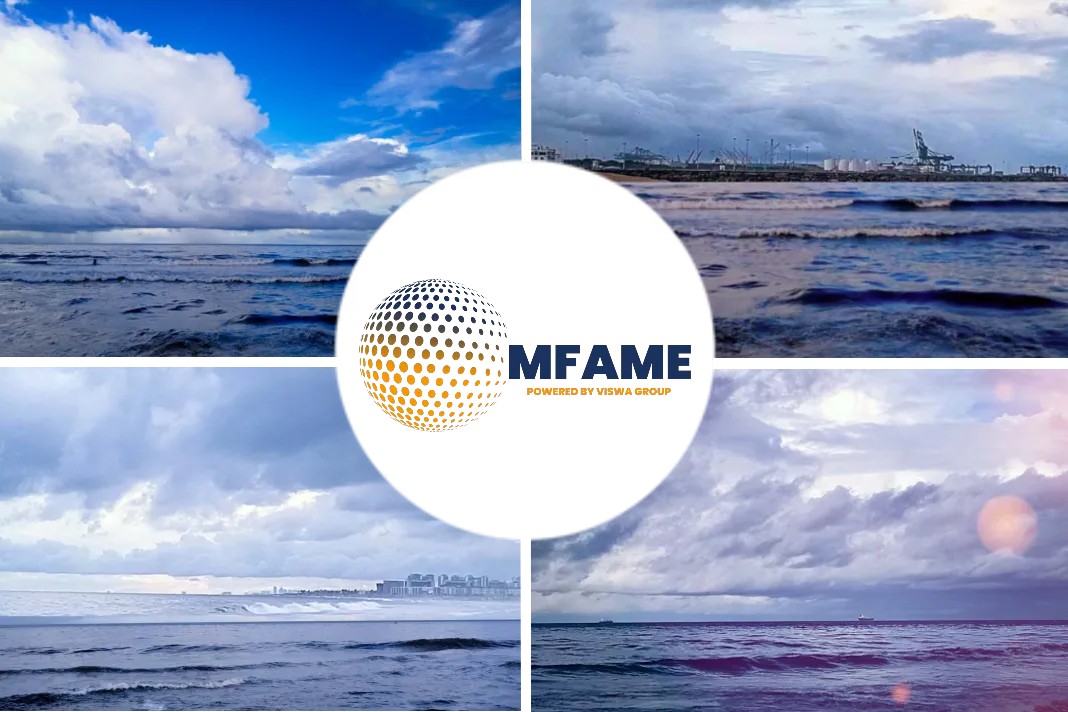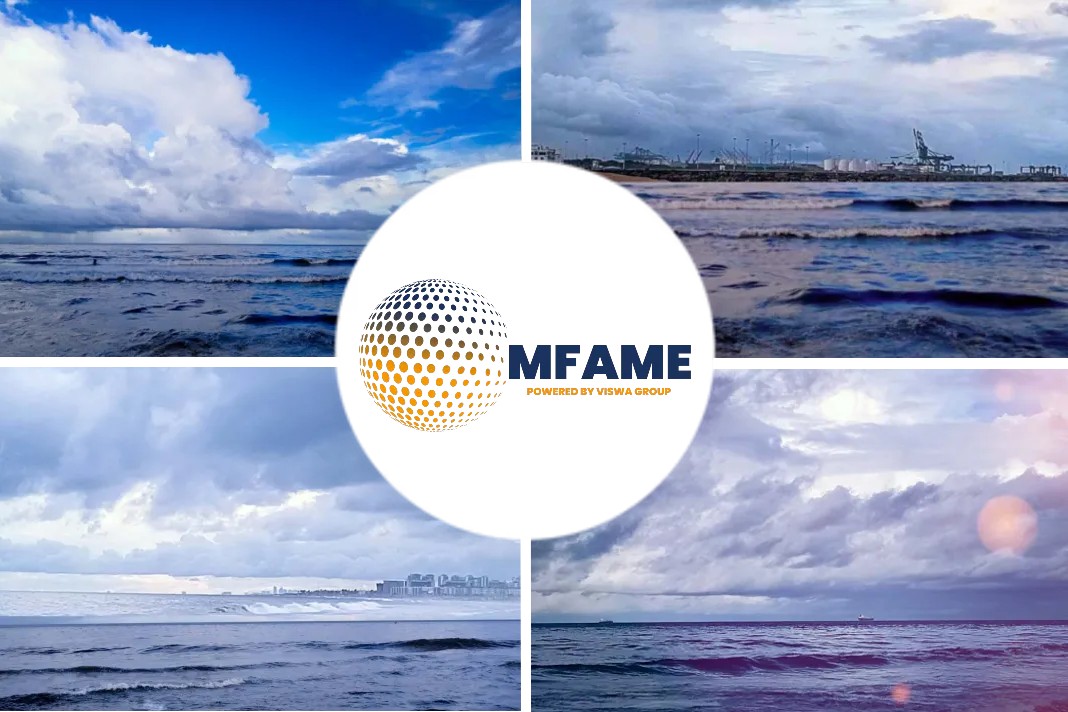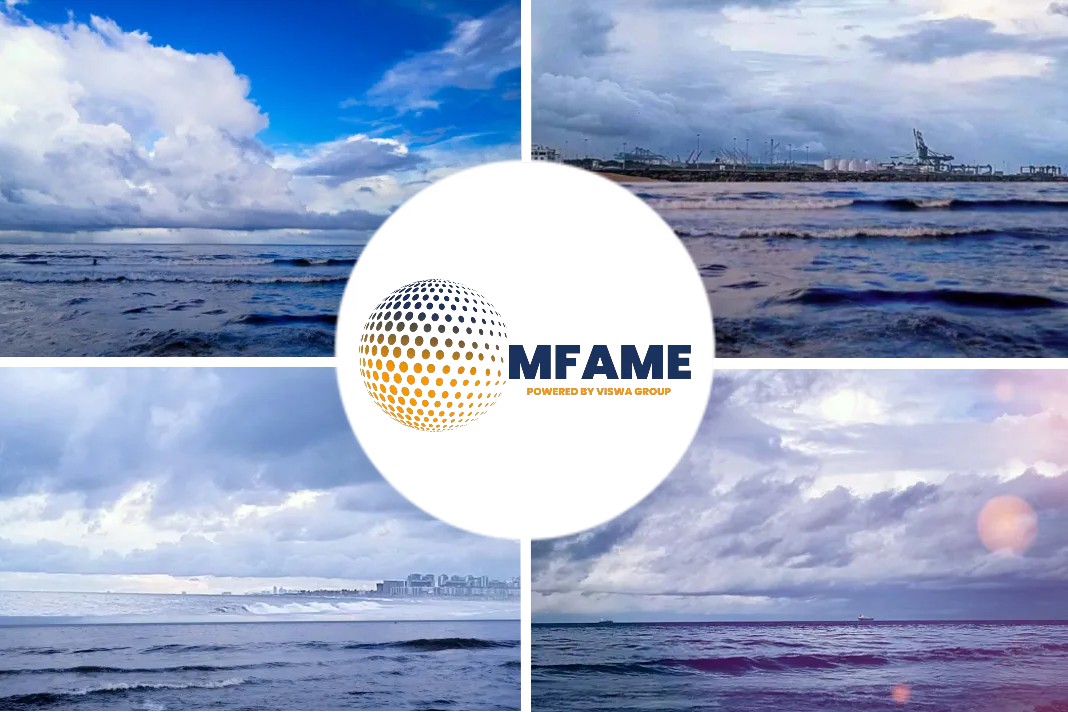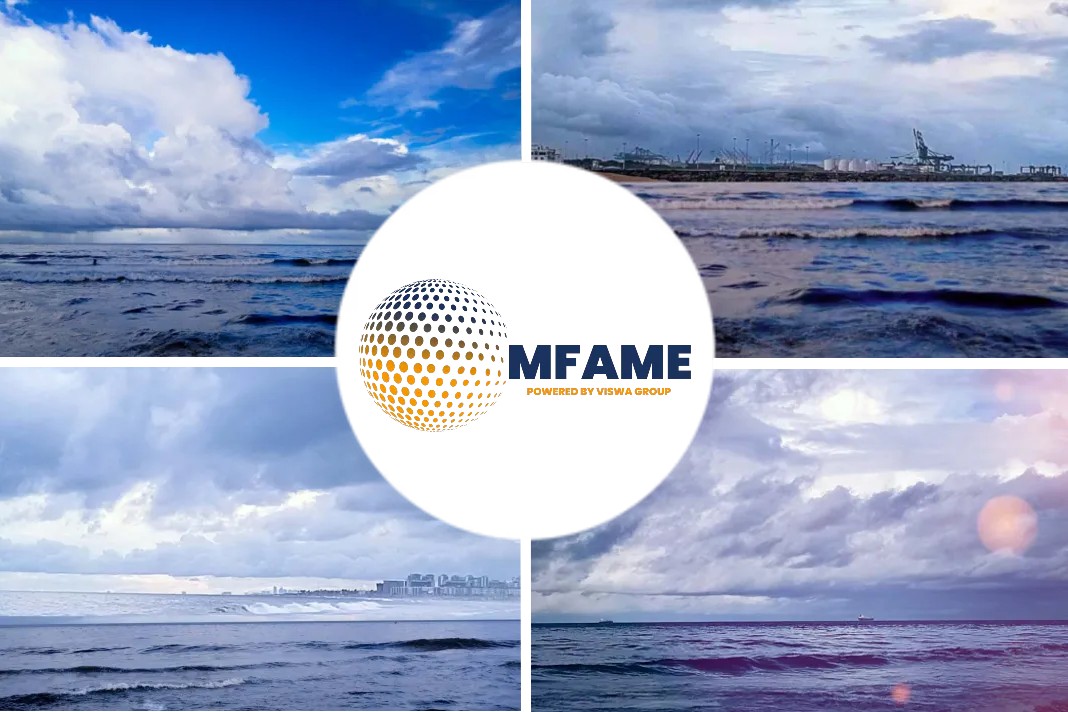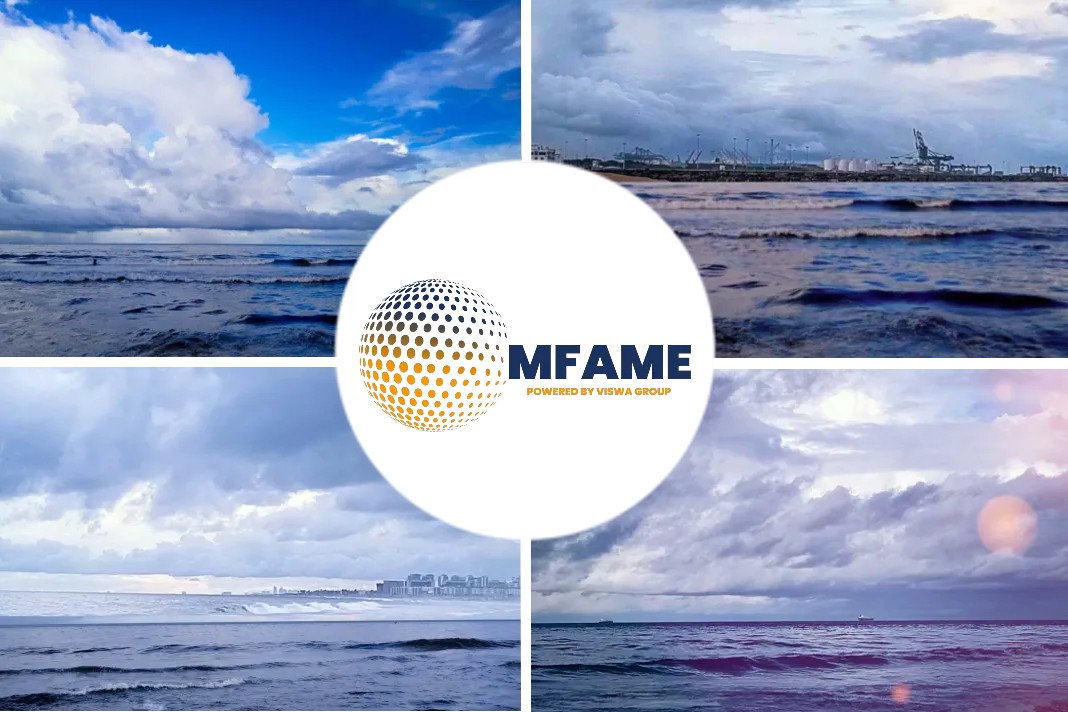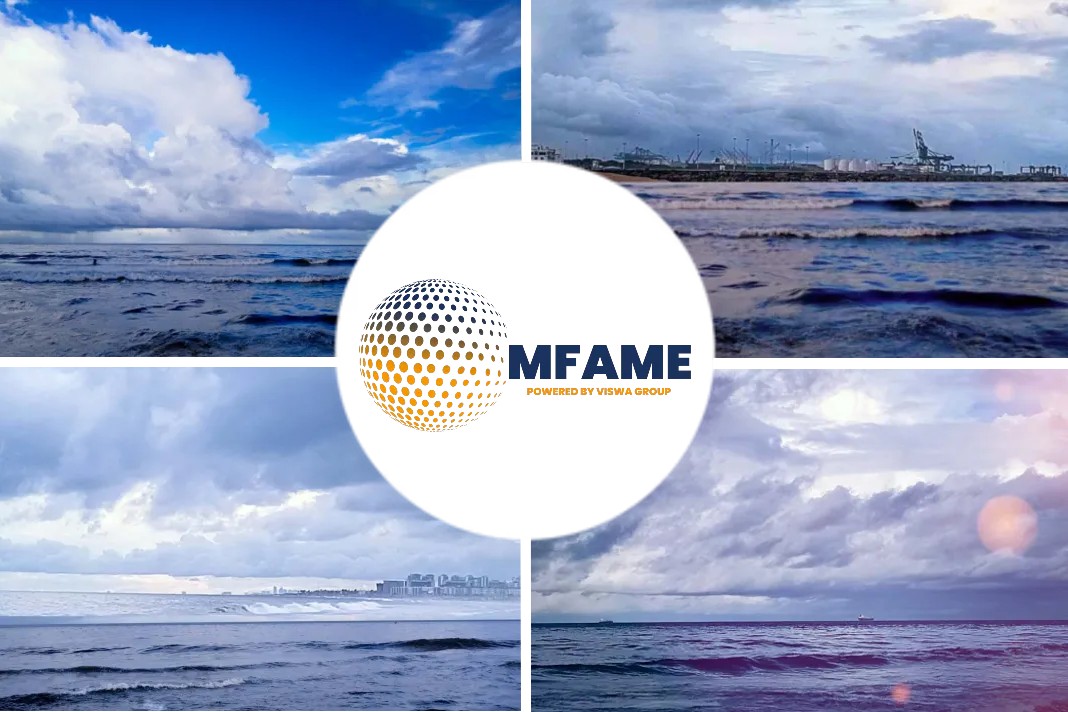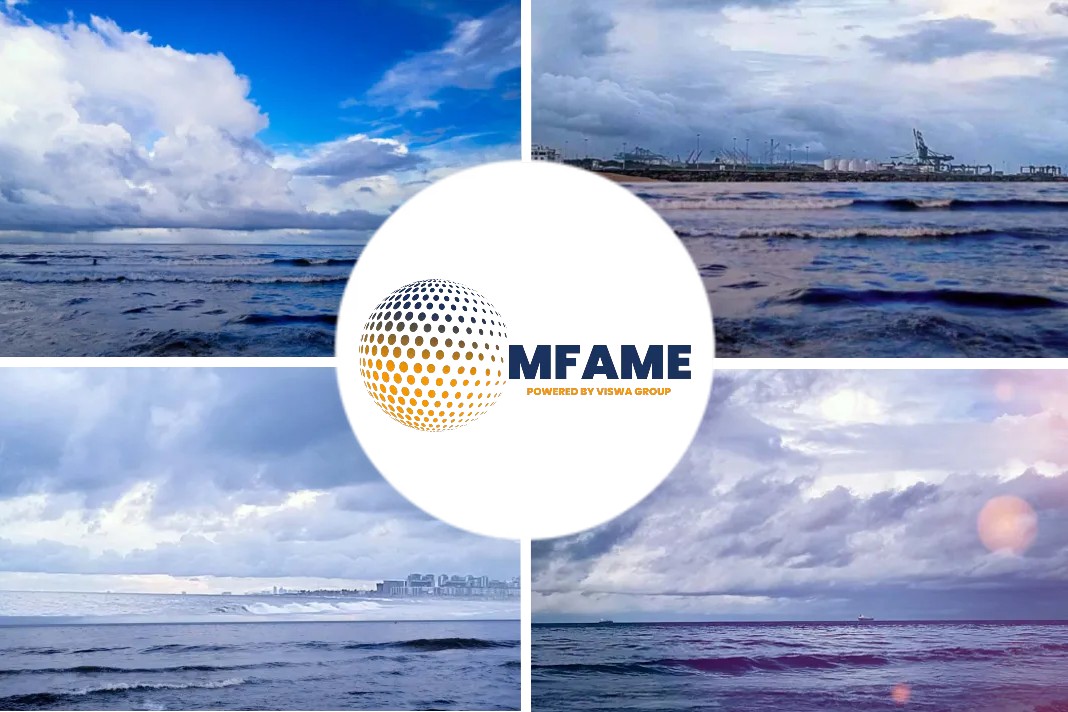- Singapore is the world’s premier hub for fueling ships and relies on strong regulations and enforcement to maintain this reputation and position.
- Just 6 countries dominate 60% of the ship fueling industry around the world, with Singapore alone supplying 20% of the global market.
- This is a business worth tens of billions of dollars a year to the Singaporean economy.
- Satellite analysis today reveals the last occasions and locations that the Wakashio was refueled.
- Both were in the Port of Singapore, on June 1 and 2, and then July 13 and 14, and both fuel stops are relevant for the oil spill inquiry taking place in Mauritius.
The article published in Forbes, written by Nishan Degnarain deals with how Singapore is drawn into growing international controversy surrounding Mauritius oil spill.
Fresh questions on Singapore’s role in oil spill
As fears mount over the toxic experimental ‘Frankenstein fuel’ that could have leaked into the coral lagoons of Mauritius from a large Japanese bulk carrier 12 weeks ago, fresh questions are being raised about the role of Singapore in the oil spill.
That was the last location that the Wakashio had refueled before crashing into the coral reefs of Mauritius.
Results revealed with regard to Mauritius spill
The involvement of Singapore is particularly relevant given the findings from the first detailed analysis of the oil from the Mauritius spill, which was completed last week.
Last Friday, a team of international scientists revealed the results. They found that the oil contained chemicals that were ‘unusual,’ ‘complex,’ and ‘surprising.’
Opinion of Chris Reddy
Chris Reddy, one of the world’s leading scientists who studies oil spills in marine environments, runs a specialist laboratory at Woods Hole Oceanographic Institute in the US that conducts the ‘gold standard’ of oil fingerprinting, (a process called GC-GC). In describing the findings from his research last week, he said, “It’s unlike anything we’ve seen spilled before—that alone demands a closer look.”
The joint team of scientists from the US and Australia then called for fresher samples to be given to them for further analysis, as they had so far been relying on samples that had been ten days old in the water from August 16.
This means that that oil samples that would have been retained by authorities in Singapore for bunker fuel testing control reasons will be crucial to understand the impact on the health of people affected and the local environment.
The oil spill occurred in a densely populated town of Mauritius called Mahebourg and also poured into a network of important nature reserves containing many endangered species only found in that location.
Wakashio refueled in Singapore
Under international IMO law covering ship fuels (called bunker fuels), Singapore’s regulations, as well as the usual business operations of the major ship fuelers and oil majors in Singapore, samples of the oil should still be held in Singapore.
Knowing this, an important question needs to be asked – why has Singapore not been asked to support the efforts in Mauritius to fingerprint the oil until now?
Singapore is the one country that has not been mentioned in any of the official update reports on the fingerprinting of the oil, and yet was known as the last place the Wakashio refueled, as highlighted in a Forbes article on August 9.
Scientists’ troubling findings about Wakashio fuel
To date, scientists from four Governments around the world have been trying to understand the risks posed by the oil leaked in Mauritius. This excludes the role of Japanese scientists, none of whom have made any public statement about the nature of the hazard of the oil despite having the largest presence in Mauritius by far.
This has raised questions both about the motivations and capabilities of the teams being sent by Japan to Mauritius.
Australia
On September 30, the Mauritian Government revealed that the Australian Government (the Australian Maritime Safety Authority or AMSA) were supporting the analysis of the oil spilled in Mauritius’ lagoons.
The Mauritian Government say they are still waiting for the final report from AMSA.
France
The French Government have had a controversial role in Mauritius. Senior French ministers and officials had met with Mauritian officials just prior to the decision to sink the front section of the Wakashio.
Based on what was in the Wakashio, the location of the sinking now poses a threat to the French (and EU) territory of Reunion Island. French Minister for Outer Island Territories, Sebastien Lecornu, brought several French experts with him to Mauritius on August 16. A team of these experts were from French water pollution agency, Cedre, who are believed to have conducted some form of preliminary testing of the oil.
Cedre is a non-profit organization, funded with a budget of $5 million a year by public funds from France. It was established in 1979 in response to the Amoco Cadiz Oil Spill that was the worst oil spill in the world at the time, impacting over 350 km of France’s coastline.
Last week, Cedre also called for more samples, amid growing concerns about what was in the oil.
United States
The world’s most advanced institute for oil fingerprinting is in the United States at Woods Hole Oceanographic Institute. Chris Reddy and Rob Nelson, conducted fingerprinting and released the results last week. In these results, they noted the ‘surprising’ and ‘highly unusual’ traits in the oil that had ‘never been seen in a major oil spill before.’ They then go on to mention that they were only handed a 10-day old sample of oil that had been in the water this long before being collected by Rivieres des Creoles.
The analysis had been conducted in collaboration with three senior Australian Scientists, Professor Kliti Grice, Associate Professor Monique Gagnon and Alan Scarlett, Director of the Western Australian Organic Isotope Geochemistry Centre (WA-OIGC) and Curtin University in Perth, Australia, respectively.
The two teams used comprehensive two-dimensional gas chromatography (GC×GC), complemented by compound-specific isotope analyses to identify compounds specific to spilled oils. The analyses performed by the two laboratories provide some of the most highly advanced analytical services and scientific support to oil spill responders.
To refine their analysis, the scientists needed samples collected from earlier in the leak, including samples that had not touched the ocean. They have now had to make an appeal to the public for such oil samples, implying that the Japanese scientists, Mauritian Authorities, IMO and ITOPF have not been collaborating in full transparency.
It is not clear why the Government of Mauritius or international organizations (such as the various Japanese scientists, IMO, or ITOPF) had not provided these samples for further analysis, as the location of the oil collected from the Wakashio had already been revealed in Port Louis, and also Singapore should still be holding the fresh samples the Woods Hole team referred to.
United Kingdom
British Government scientists
On October 8, the British Government scientists who were on the scene shared an overview of their involvement with the oil spill response in Mauritius.
Forbes contacted Cefas to ask directly whether Cefas had approached Government of Singapore for samples. On October 13, a spokesperson responded cryptically with “Cefas are working with our partners in Mauritius, focusing our contribution on the long term monitoring plan to assess, report and aid recovery from the oil spill. Mauritian agencies and other international partners continue to work together on other aspects of the recovery.”
These ‘other aspects’ could refer to the oil fingerprinting, implying that Cefas were not given samples from which to conduct oil fingerprinting analysis as an independent party to the oil spill. Nor does it seem that they had made contact with their Government counterparts in Singapore. It was unclear which ‘other international partners’ Cefas was referring to who were assisting Mauritius to understand the content of the oil. It is important to note the choice of words of ‘international partners’ and not ‘Governments,’ despite multiple Governments having publicly offered Mauritius with assistance on how to respond to a major oil spill.
Who were the ‘international partners’?
So, this means that scientists and Government agencies from the world’s leading oil spill analysis laboratories in the United States, France, the United Kingdom and Australia have all highlighted how unusual the oil spilled in Mauritius is – a type they have never seen before. They also remark how important it is that they obtain samples that were fresher.
And yet, these samples have not been provided. This is not normal. At all.
Especially when two of the most prominent international organizations that handle oil spills – the UN’s IMO and ITOPF – were sent to Mauritius precisely to co-ordinate the oil spill response. This is the most foundational part of an response to a major oil spill (akin to a surgeon assessing the blood type of a patient prior to surgery), and ITOPF practically wrote the guide on oil fingerprinting.
Of all the oil spills that could have occurred, what are the odds that these two organizations (IMO and ITOPF) got their response so badly wrong to the one oil spill where scientists are saying they have never seen an oil like this before?
It has been over 100 days since the oil spill. Why was this information not disclosed earlier in Mauritius?
Satellite analysis points finger at Singapore
Satellite analysis conducted by global maritime analytics firm, Windward, can reveal the last two occasions that the Wakashio was refueled. This satellite analysis reveals exclusively for this article in Forbes the vessels that supplied the oil and where this oil came from.
Both refueling stops occurred within the boundaries of the Port of Singapore.
June 1-2 refueling: The ‘Perl’
The first occurred on June 1 – 2. It took place in a section of the port known as ‘AEBA’ on the far East of Singapore, bordering Indonesia and Malaysia.
The vessel that performed the refueling was called the Perl, and is a Singapore registered vessel, which can clearly be seen alongside the Wakashio during the dates of the refueling.
July 13-14 refueling: The ‘Pearl Mimosa’
The second time the Wakashio returned to Singapore was on July 13-14. It is unclear how much fuel was put in during this second refueling stop. However, given that the the Wakashio was being filled for the long three month journey to and from Brazil, it was likely that this refueling stop would have filled the vessels’ tanks, given that the shipowners reported 3800 tons of oil being on board the Capesize bulk tanker 12 days onwards from the Singapore fuel stop.
Fuel for a ship’s operations can be as high as 75% of the cost of operating a vessel, and a bulk carrier the size of the Wakashio (a Capesize) would be consuming between 50 and 100 tons a day.
The vessel that refueled the Wakashio on this occasion was the Pearl Mimosa. The Pearl Mimosa was again, a Singapore-registered refueling vessel. Satellite imagery shows the two vessels side by side.
It also shows the Pearl Mimosa (and earlier the Perl), travelling to the Petrochemical Island on the Singapore island of Sebarok, which was been built up as a multi-billion dollar specialized petrochemical hub focused on ship fuel oil.
The location of the refueling was within the Port boundaries of Singapore. This means that the refueling operations would have been subject to the strict Port of Singapore laws. The Port of Singapore has 45 suppliers of ship fuel oil registered with it, and has strict guidelines about the quality of the oil (called bunker fuel). Suppliers of ship fuels in Singapore must own and operate at least two bunker tankers capable of running on duel-fuels in a push by Singapore to promote the use of cleaner marine fuels.
These strict guidelines also mean that if an oil is subject to investigation (as the Wakashio’s is), then samples from these last two fueling stops should be kept aside.
In response to Forbes on October 13, a spokesperson from the Maritime and Port Authority of Singapore (MPA) highlighted the detailed protocols that Singapore has in place to ensure compliance with its strict regulations.
“All bunker suppliers and bunker craft operators delivering bunkers in the Port of Singapore are licensed by the Maritime and Port Authority of Singapore (MPA). The licensing criteria requires compliance with SS 648 and SS 600. Under SS 648, all bunker tankers are required to deliver bunkers to ocean-going ships via a mass flow meter (MFM). The standard also stipulates that regular checks be conducted on the MFMs to ensure that they are functioning properly. MPA will either have officers present to oversee these verifications or require the test reports to be submitted.”
The sophistication of the Singapore operation can be seen of a video taken of the Sebarok petrochemical island complex where the fuel from the Wakashio originated from.
“SS 648 also includes a provision for bunker buyers to lodge quality and quantity disputes.” The spokesperson then goes on to describe the process for how Singapore handles such investigations.
“MPA investigates all such complaints it receives and takes actions against errant suppliers if required. In addition, MPA carries out monthly quality tests on the bunkers supplied in the Port of Singapore to ensure that the quality of bunkers are in compliance with ISO 8217 requirements. Samples of bunkers supplied by bunker tankers are randomly collected by MPA and sent for independent tests to ensure the quality of bunkers in the Port of Singapore.”
So it is clear that it is not too late for Singapore to act. Unless there are reasons why Singapore would not wish to support the investigation in Mauritius.
Who knew what?
This is now raises additional questions about the conduct of four actors who are all present on the ground in Mauritius: the IMO, ITOPF, Japan P&I Club and Mitsui OSK Lines (MOL).
The IMO
The IMO was brought to Mauritius under an IMO Agreement for Oil Spills called the OPRC 90. This means they were responsible for coordinating the international aspects of the oil spill, and promptly assumed that position in Mauritius with their representative visibly positioning the organization as lead coordinator in meetings across the country and among local media.
Serious shortcomings have already been identified with the IMO’s response in Mauritius. However, no senior member of the IMO has appeared on the record to answer or be held accountable for this conduct (if anything, the IMO issued a statement saying an entire team was supporting their representative on the ground).
There has been no statement about how much the cost of the IMO mission to Mauritius was, and who paid for this. But this is only the tip of the iceberg of the irreparable damage that IMO involvement may have had in Mauritius.
Multiple requests to the IMO about their handling of the oil spill response have gone unanswered to (other questions were responded to), raising even more questions about the lack of transparency of this United Nations Agency, and attracting the ire of leading figures within Mauritius who have directly questioned the independence of the IMO.
Wakashio spill linked to Shipping Climate Change Talks
The gravity of the situation has serious implications for Mauritius. But the implications extend far beyond the shores of the Indian Ocean island.
The IMO are in the midst of a major set of negotiations over climate targets for ship emissions. These have gone badly off track, and has left the IMO in a position that effectively says, ‘trust us, we know what we are doing,’ with very little independent oversight
To understand how serious this is, we need to rewind back five years. In 2015, almost 190 Governments signed up to the Paris Agreement – one of the fastest adopted set of international laws of all time. In 2016, the IMO (a UN Agency) decided to opt out of the Paris Agreement. Under pressure from NGOs, they reluctantly agreed to a ‘voluntary’ agreement in 2018, which that they called a ‘historic agreement’ for shipping.
Yet just two weeks ago, the IMO broke this historic agreement. One of the main countries driving the breakup of this agreement was Japan – both as Chair of the Environment Committee as well as the architect of a weak set of proposals that gave an impression of meeting strict targets but was actually a weak proposal full of technical jargon (e.g., EEXI, EEDI) and with no enforcement for a decade.
The pattern of false promises by the global shipping industry as it continues to entrap workers on ships and undermine the environment is raising deeper questions about how global shipping is regulated and whether a major overhaul of the sector is needed by the G20 – and this time not led by industry insiders.
The Mauritius story serves as a warning that there are still ‘dark forces’ at play in the oil and shipping industries that appear to be willing to stop at nothing to prevent the truth from being revealed, and that they are willing to risk the human health, lives and the environment of poorer island nation populations.
So much for the new model of ethical capitalism that business leaders have loudly called for.
It is not too late for the truth to come out over the Wakashio, but as the complex web of relationships in global shipping is unveiled, it is clear such an investigation requires a professional and independent set of experts operating on the ground with the interests of Mauritius at heart.
Did you subscribe to our daily newsletter?
It’s Free! Click here to Subscribe!
Source: Forbes






